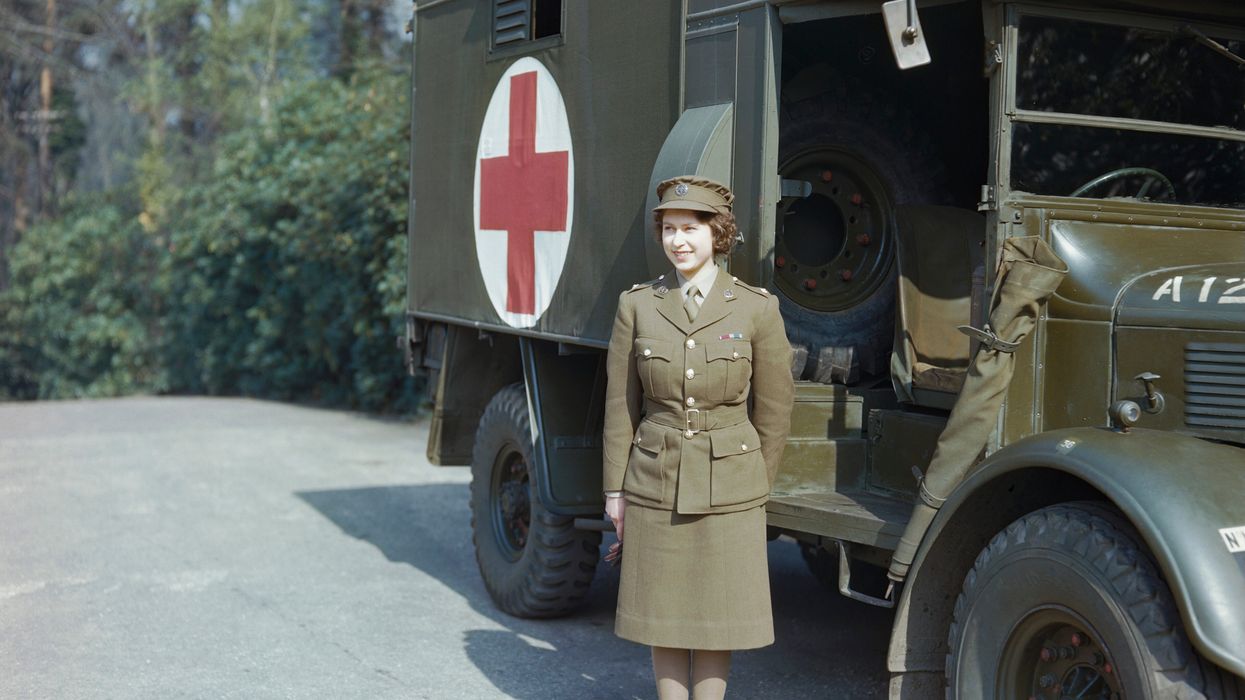In 1939, the British Navy faced the worst submarine disaster in history. It happened when the HMS Thetis submarine, the pride of the Royal Navy, was submerged for a dive test. To the crew's frantic horror, the inner hatch on a torpedo tube flung open. Excessive supply of carbon dioxide flooded into the deep-sea vessel, killing 99 people. This tragedy made the navy skeptical about their underwater operations, and they realized they needed an efficient way to absorb gas underwater for submarines to function during WWII.
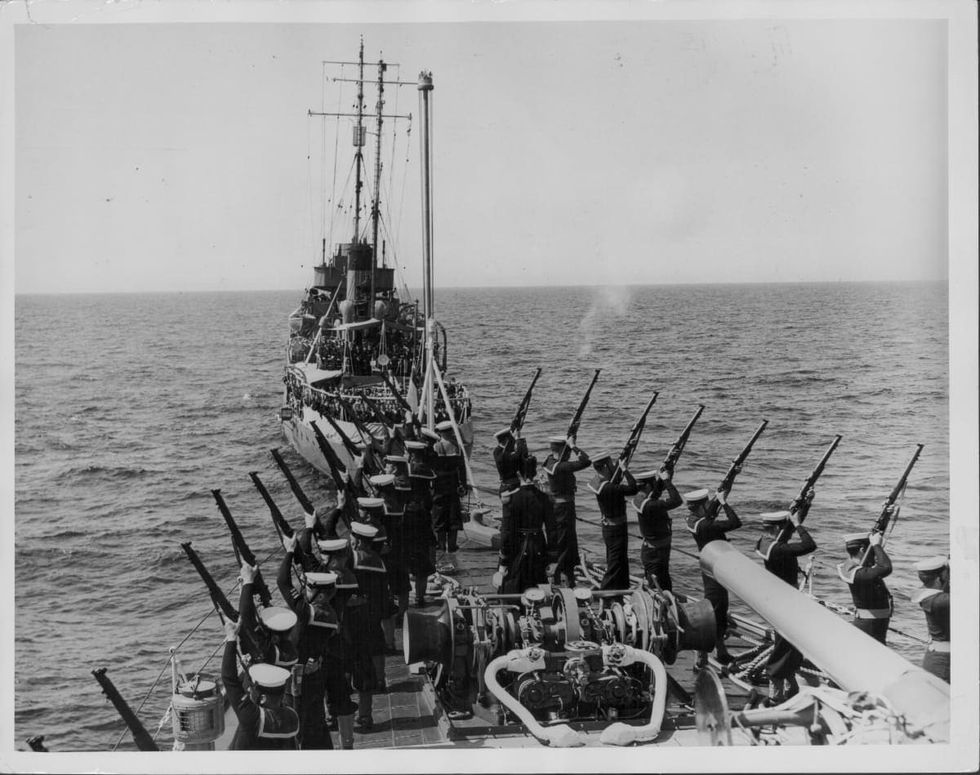
Amid this scenario, there was a maverick submarine scientist named John Burdon Sanderson Haldane, who did some underwater experiments on himself to pave the way for the D-Day victory. Haldane was a British-Indian scientist and mathematician. Unlike many WWII heroes, Haldane’s story is lesser-known, almost untold, and overlooked in war history.
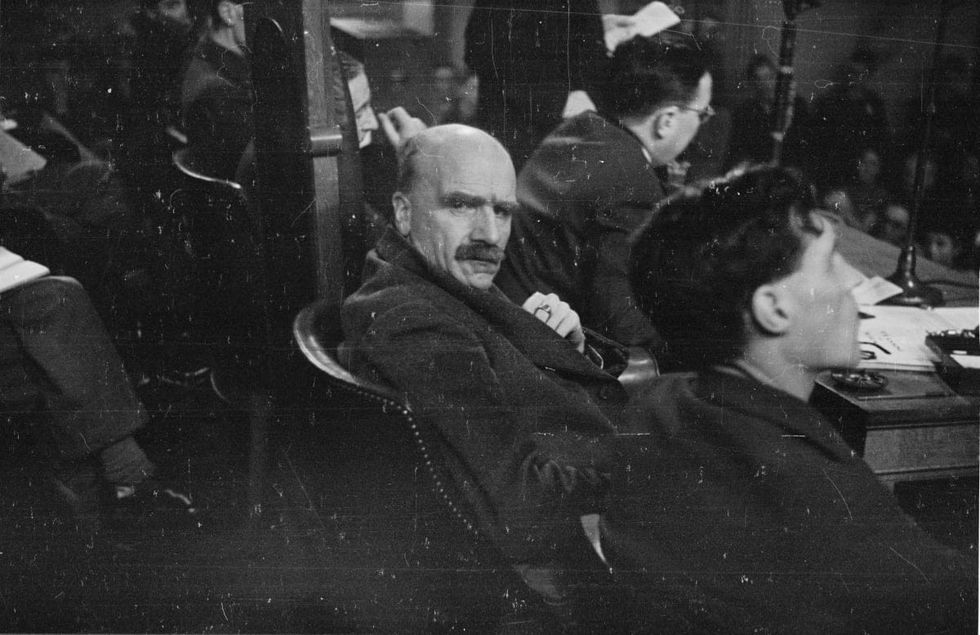
Haldane, also called “JBS,” carried out some secret underwater experiments with his team. Through these experiments, they found the perfect blend of gases to keep humans alive underwater. Their discovery was one of the major reasons that decided D-Day’s success.
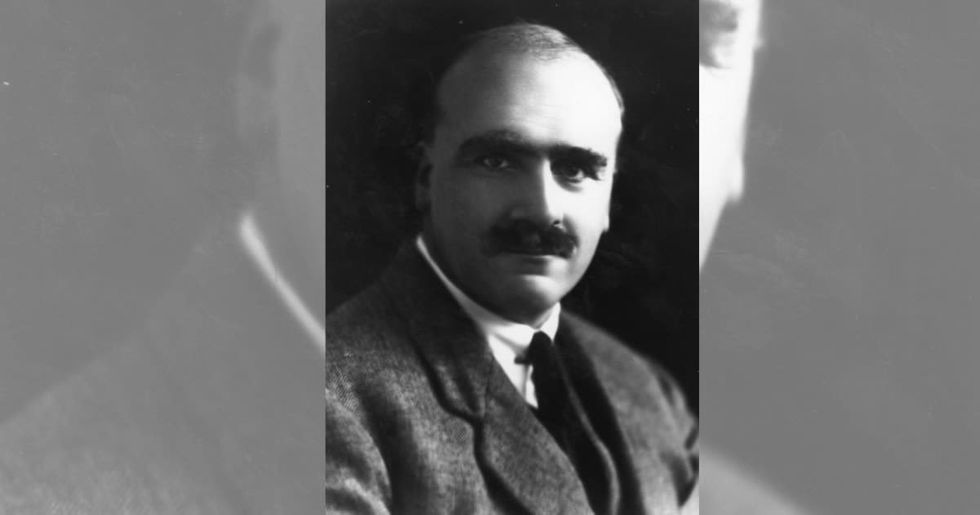
Haldane led a team of geneticists who carried out experiments in a lab at University College London. Helen Spurway, his wife, was the lab’s co-pilot. In the autumn of 1942, dressed in leather breathing apparatus, Haldane and Spurway squeezed themselves inside the hyperbaric chamber of a heavy steel tube. The narrow tube measured only 4 feet in diameter and was encased with rounded walls. The floor inside was made of wooden planks.
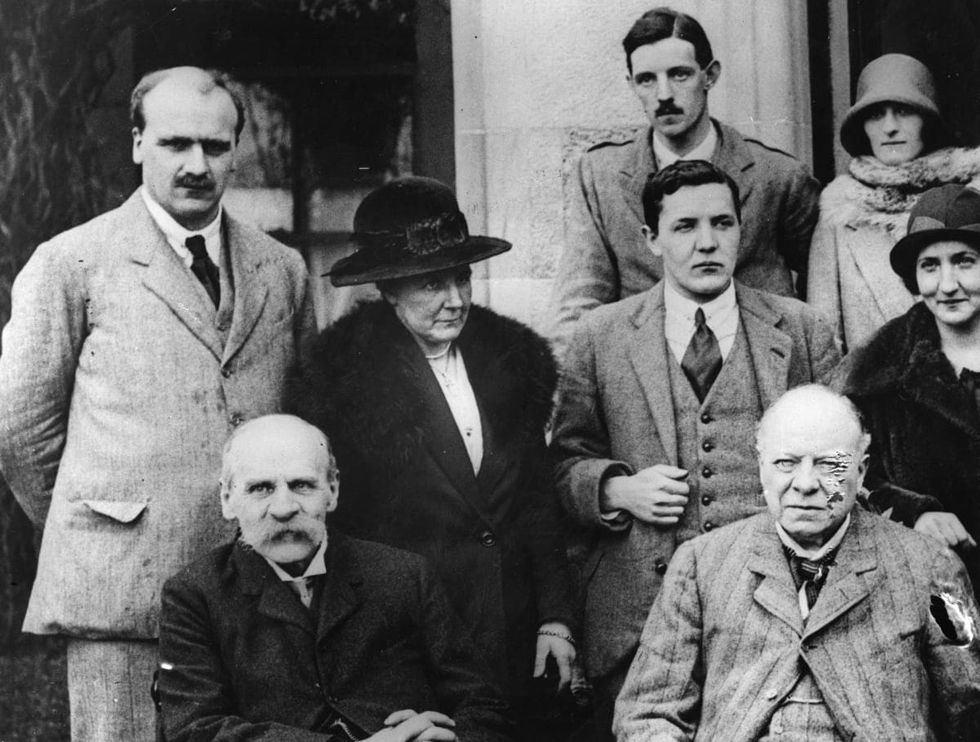
At this time, scientists were already aware of the dangers of “decompression sickness,” also known as the bends. During diving, the change in pressure can cause a torrent of nitrogen bubbles to gush into the bloodstream. These snowballing bubbles can block blood flow and many times, can even lead to death. Also “nitrogen narcosis” builds up in the physiology of the diver.
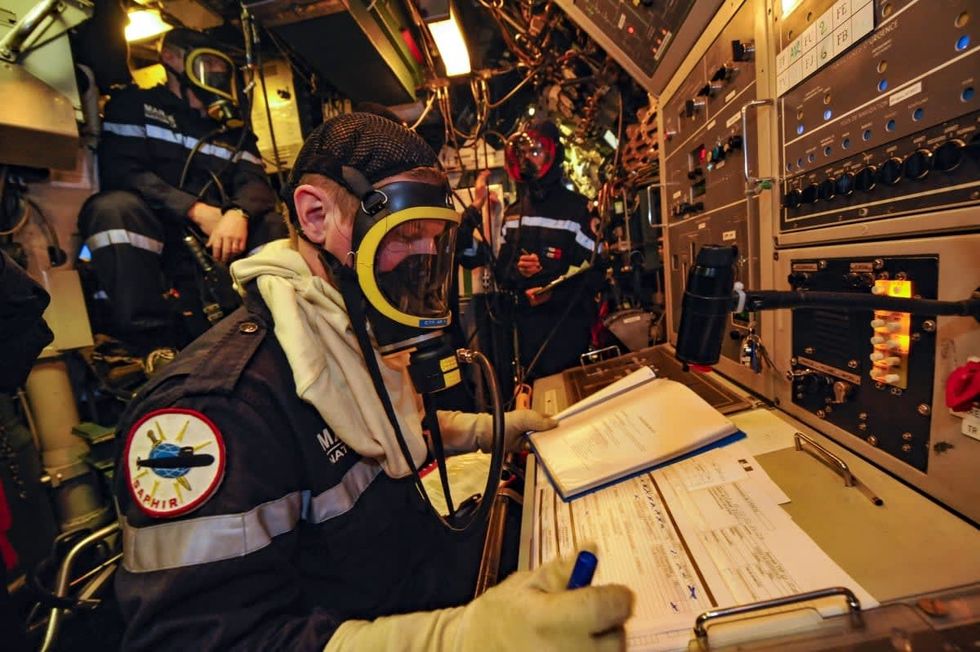
So, the first goal of Haldane was to test the scale of nitrogen narcosis. In the small hyperbaric tube, they would breathe air and see if “nitrogen got them properly drunk,” as per Smithsonian Magazine. Another task on their checklist was to monitor how long they could breathe the oxygen before it began to poison them.
Inside the dim chamber illuminated by small portable electric lights, air zapped continuously. This air increased the pressure rating inside the chamber and soon enough, the divers began to feel the change. As pressure changed, the temperature began to rise too leading to the production of heat that was exacerbating.
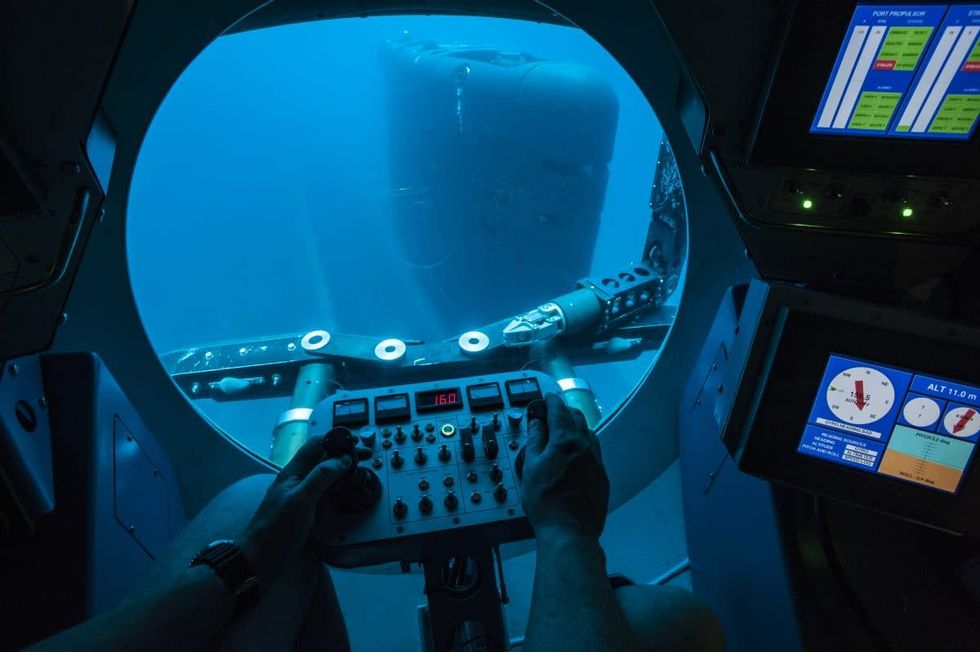
Sealed in the tube at the bottom of the sea, Haldane and Spurway began to feel claustrophobic. An operator outside the chamber clicked open a valve to halt the inward flux of gas. Eventually, the temperature inside began to drop, the timing of which was noted by Haldane.
After 33 minutes inside the chamber, Spurway removed the rubber mouthpiece from her lips and vomited. Even when she had recovered from vomiting, she experienced visual disturbances, lip twitches, and hallucinating visions of brilliant flashes of dancing purple lights she later called “dazzle.” They concluded that breathing pure oxygen could be just as poisonous. Besides, Haldane ended up getting his back injured during a seizure.
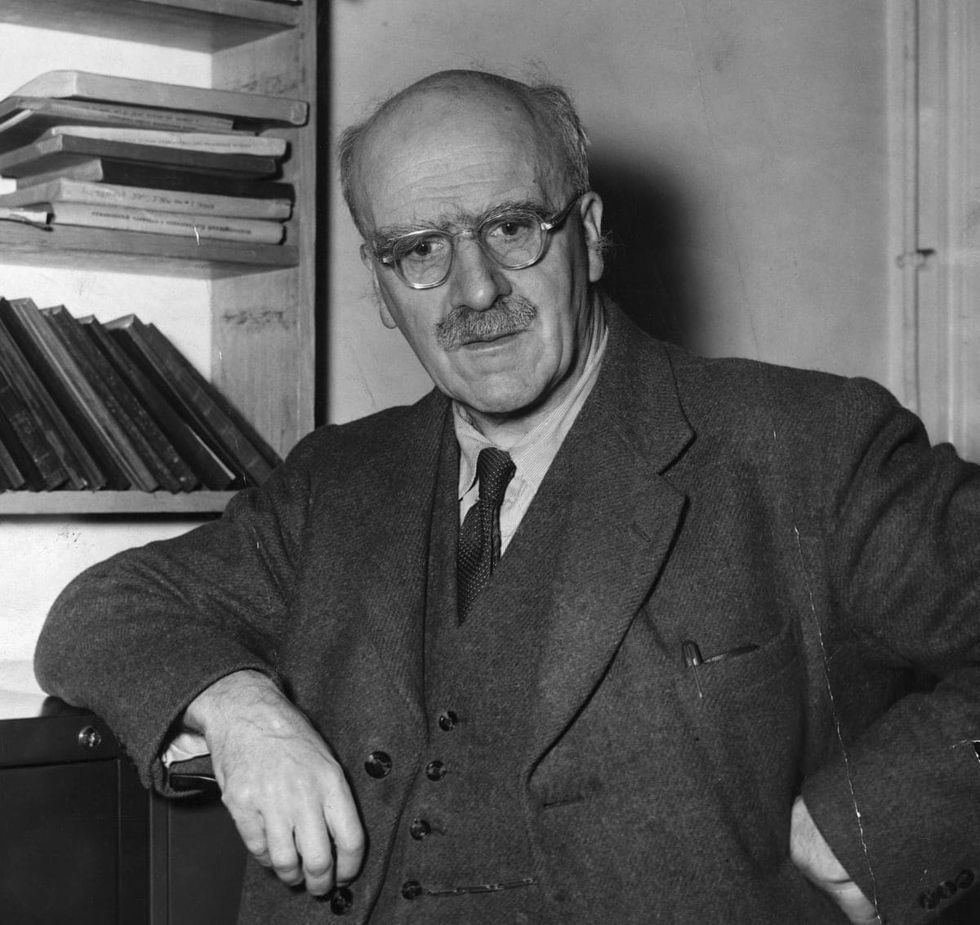
Haldane and his lab crew conducted over 600 experiments on themselves. Their tests yielded the result proving that “nitrogen narcosis” was real. The Royal Navy used the data from their experiments to launch its X-craft submarines and hand out custom blends of oxygen and air based on the depth of their dives.
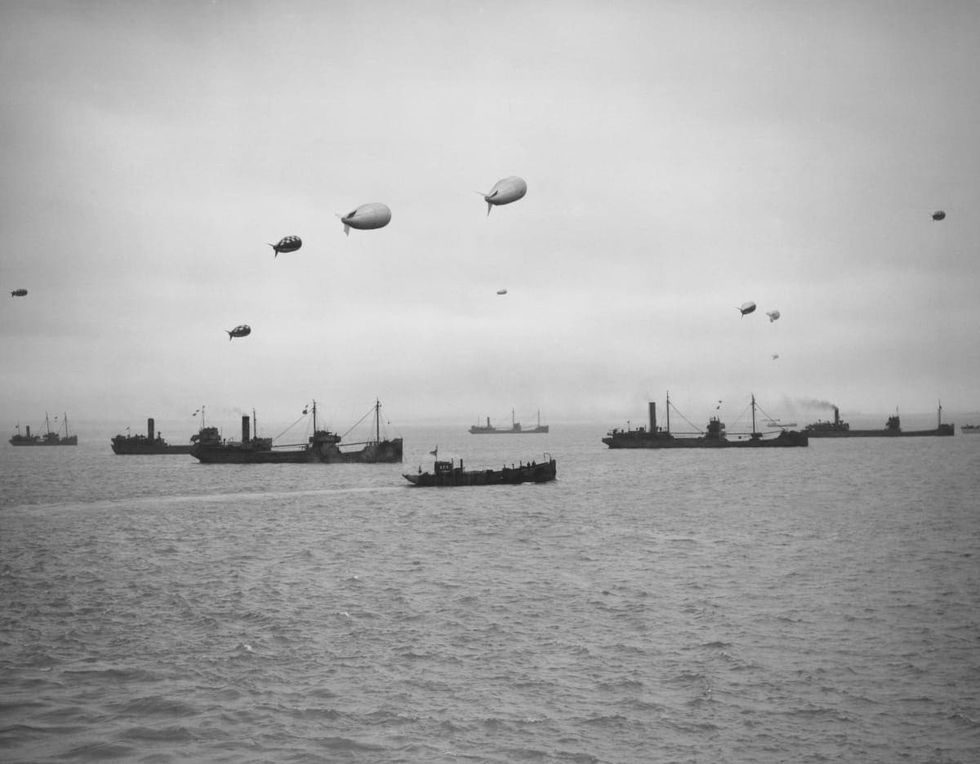
The story of the eccentric group is published in a book entitled "Chamber Divers: The Untold Story of the D-Day Scientists Who Changed Special Operations Forever," authored by Rachel Lance, an engineer and professor of extreme physiology.





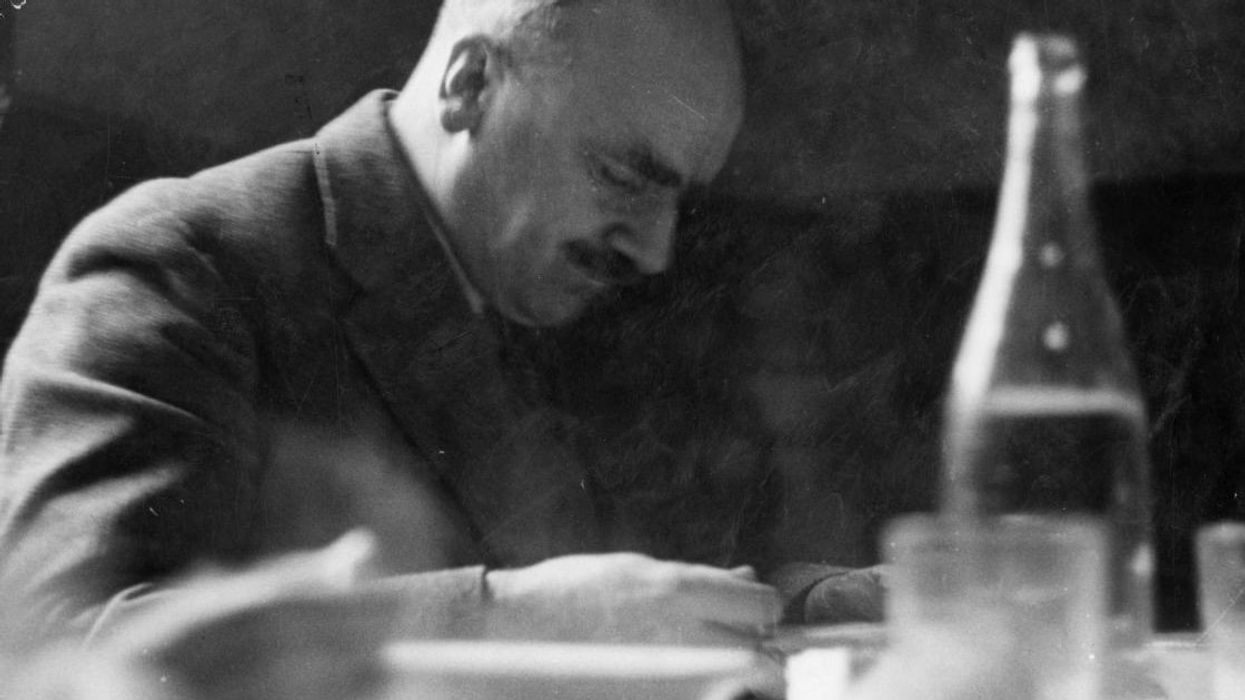












 Image frmo Scientific Reports of ancient artwork. Image Source:
Image frmo Scientific Reports of ancient artwork. Image Source: 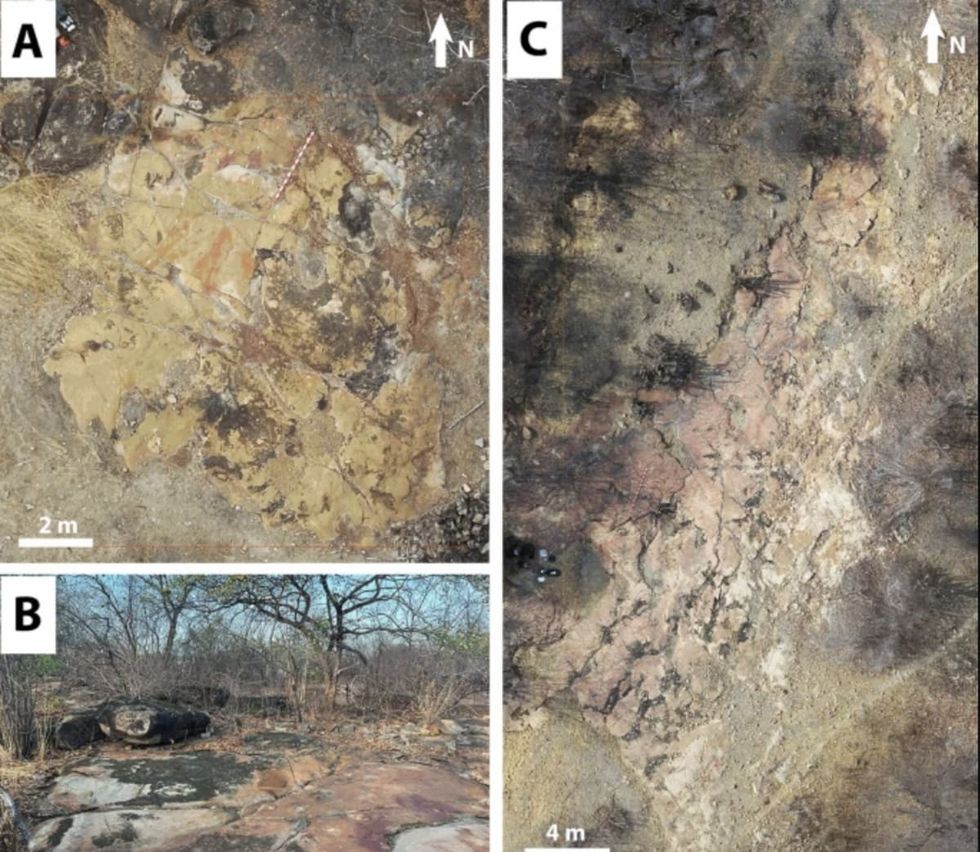 Image frmo Scientific Reports of ancient artwork.Image Source:
Image frmo Scientific Reports of ancient artwork.Image Source:  Image frmo Scientific Reports of ancient artwork.Image Source:
Image frmo Scientific Reports of ancient artwork.Image Source: 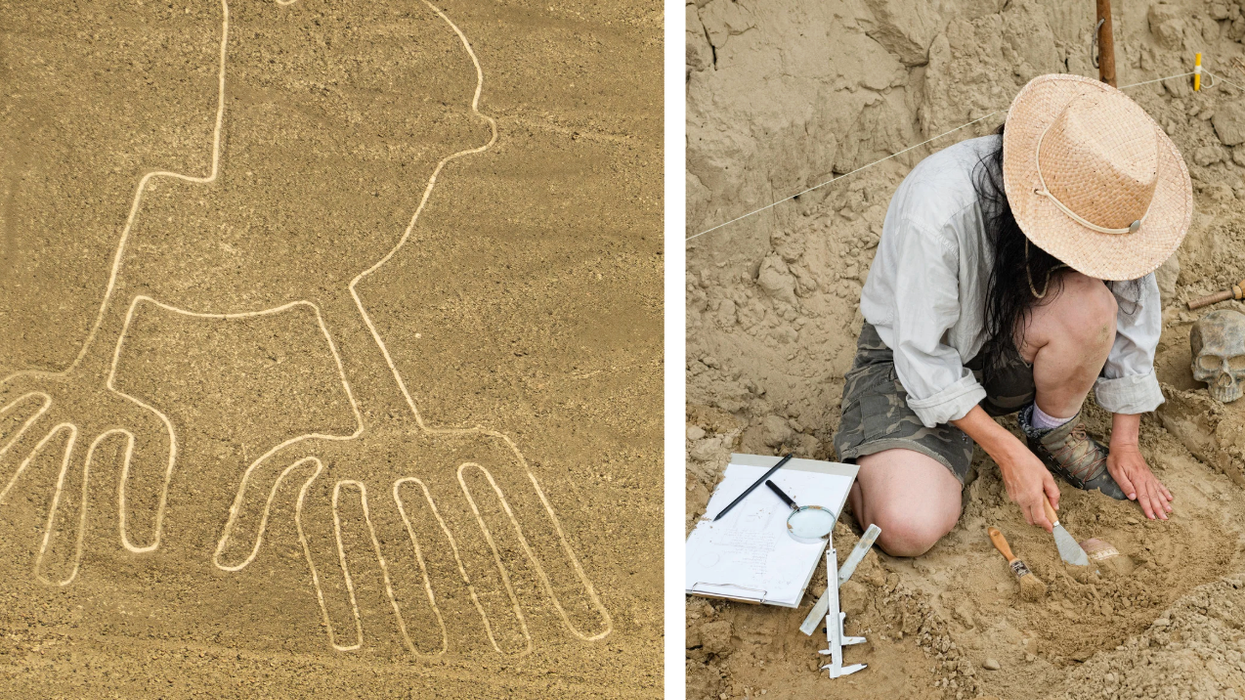

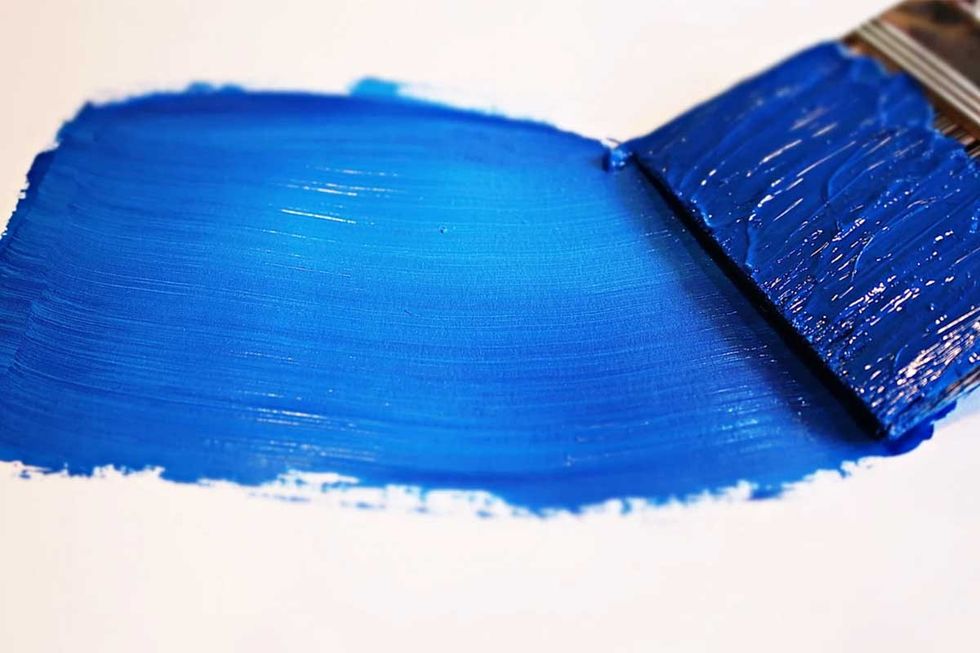 It's difficult to imagine seeing a color and not having the word for it. Canva
It's difficult to imagine seeing a color and not having the word for it. Canva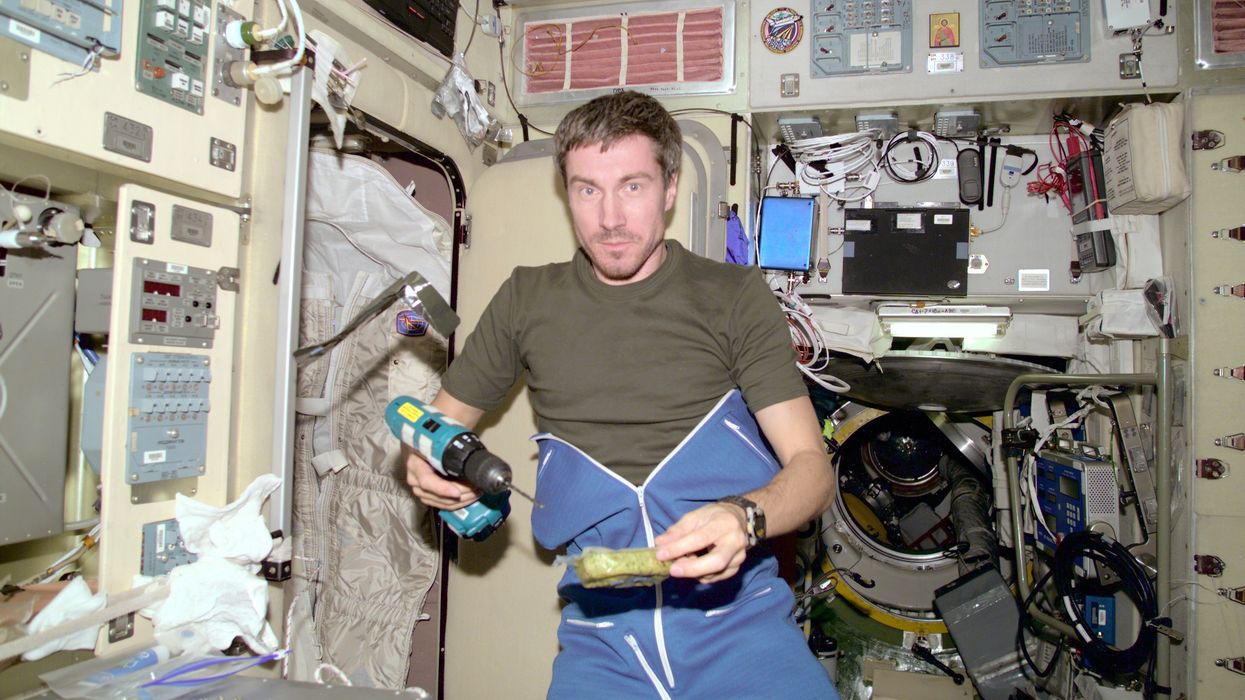
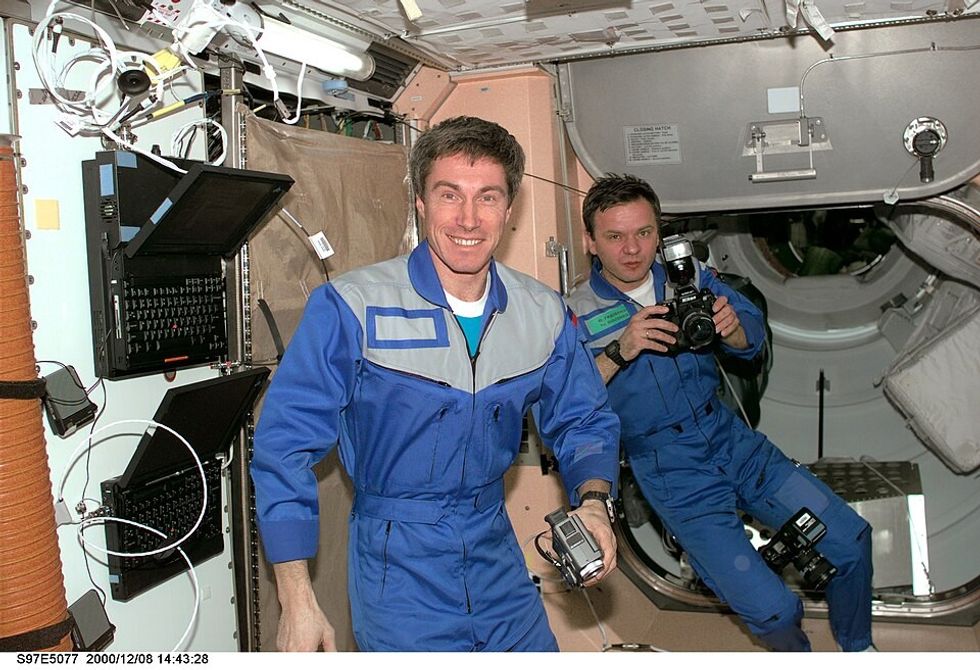 Sergei Krikalev in space.
Sergei Krikalev in space. 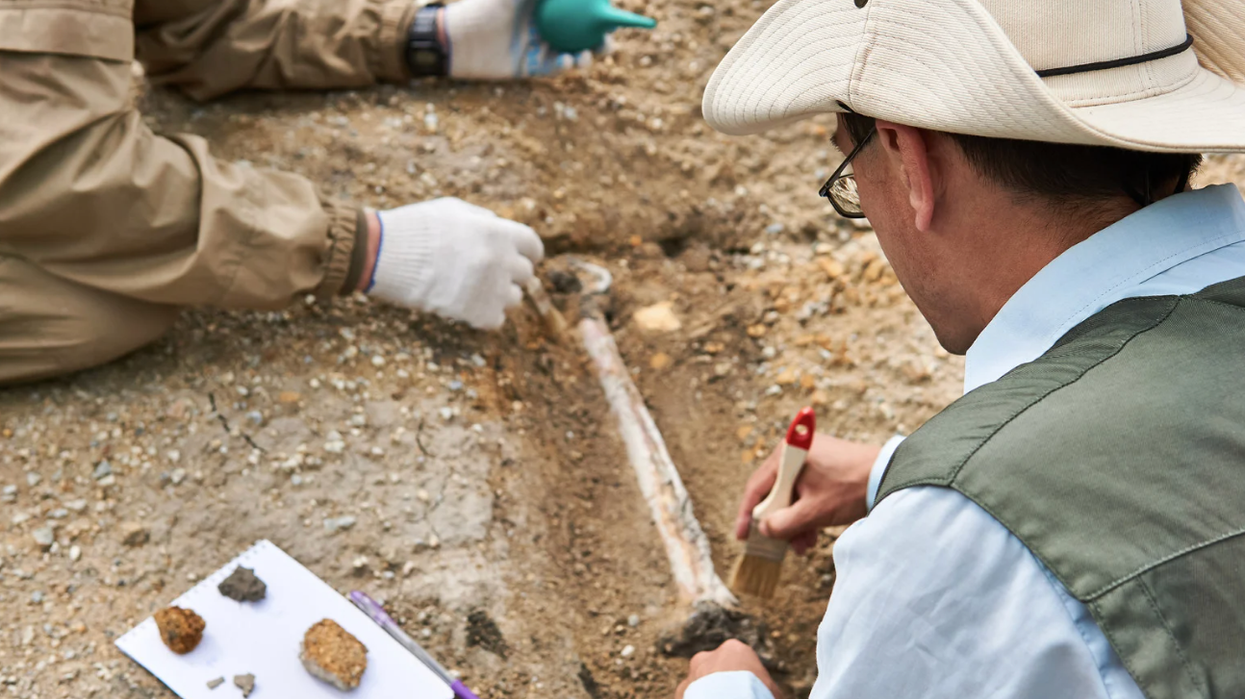

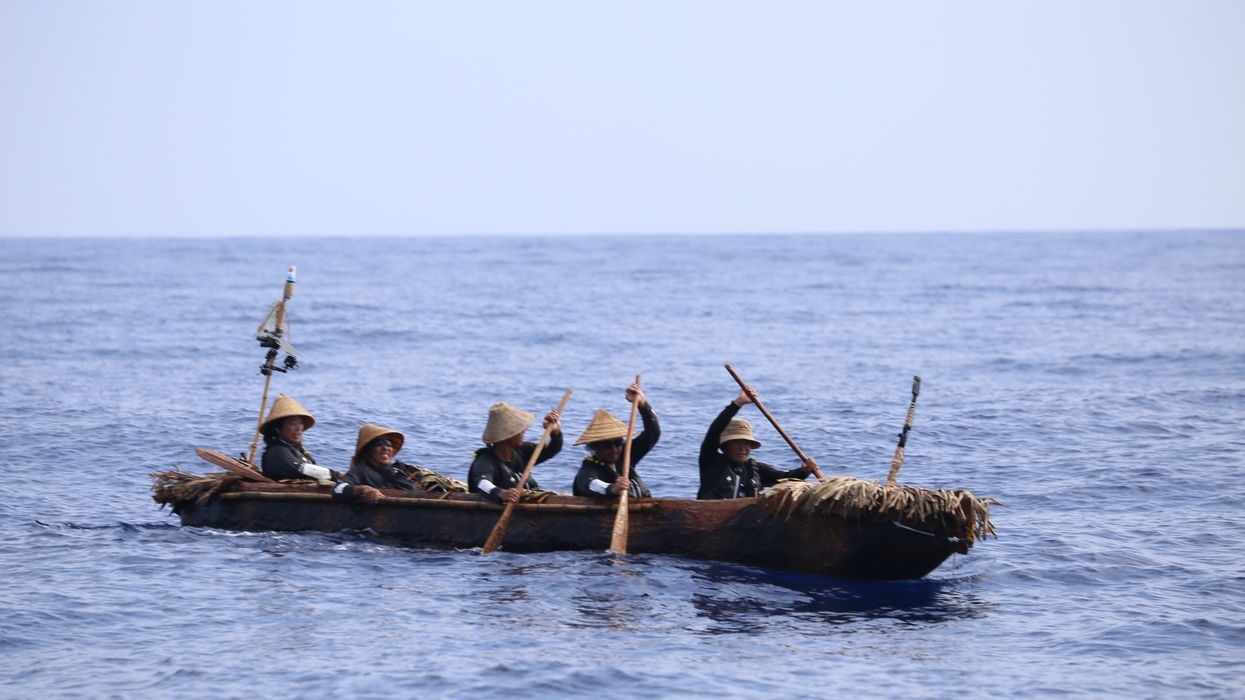
 The team also crafted their canoe using ancient methods and Stone Age-style tools. National Museum of Nature and Science, Tokyo
The team also crafted their canoe using ancient methods and Stone Age-style tools. National Museum of Nature and Science, Tokyo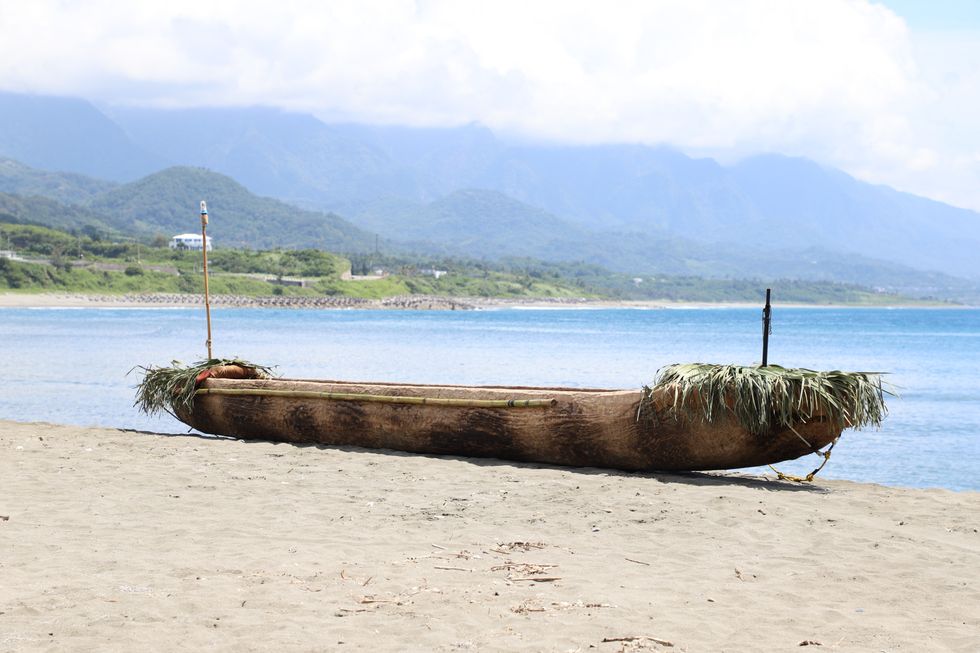 The cedar dugout canoe crafted by the scientist team. National Museum of Nature and Science, Tokyo
The cedar dugout canoe crafted by the scientist team. National Museum of Nature and Science, Tokyo